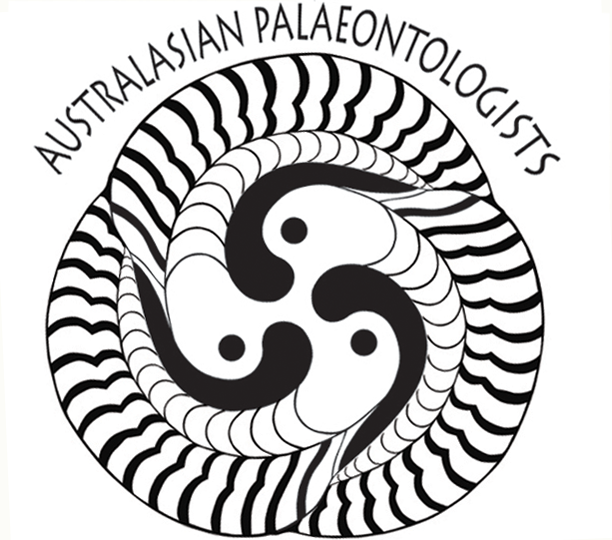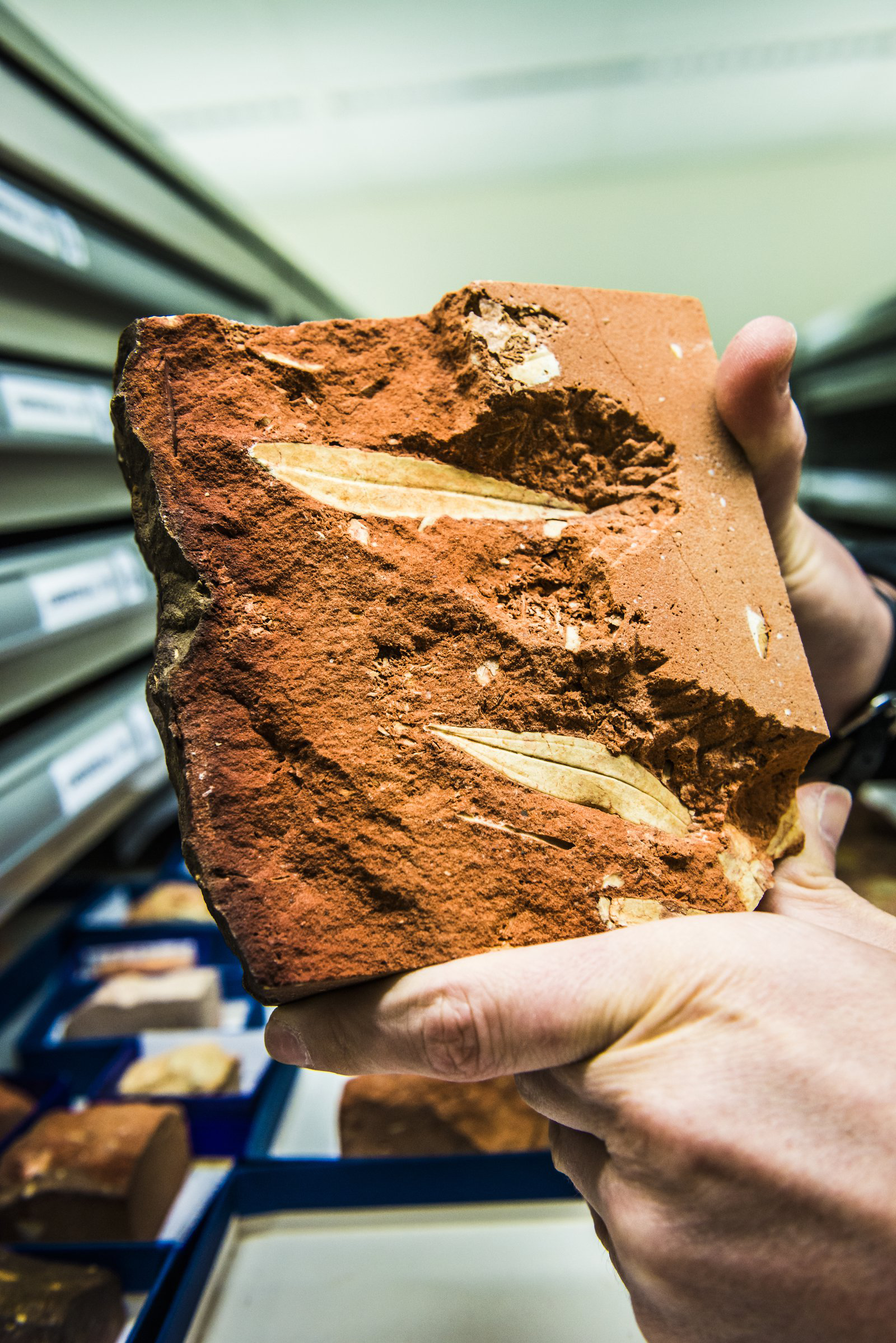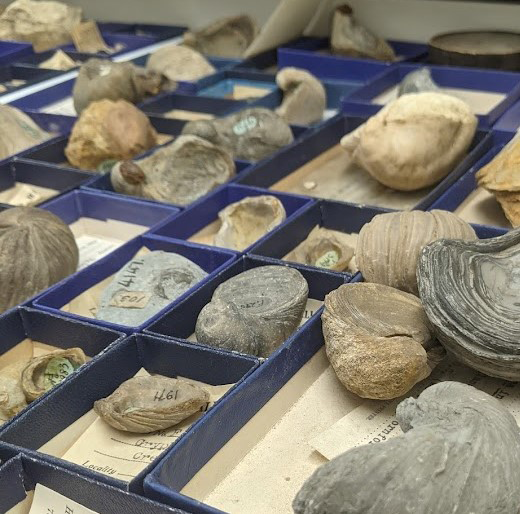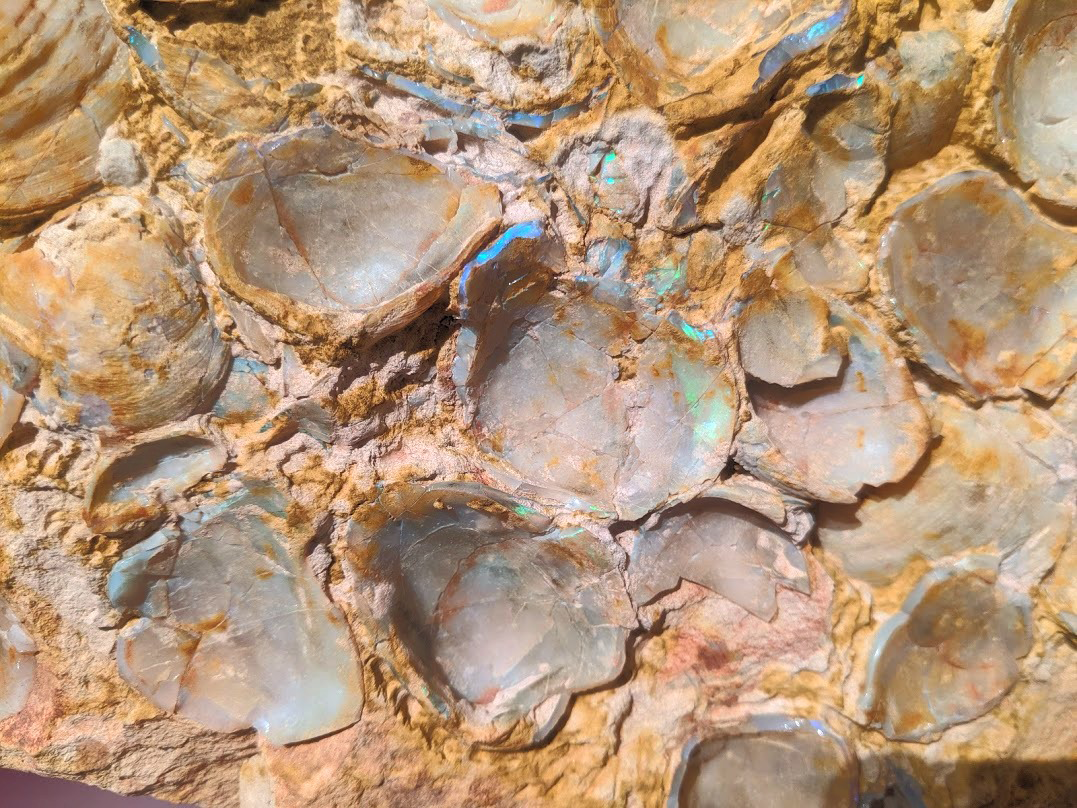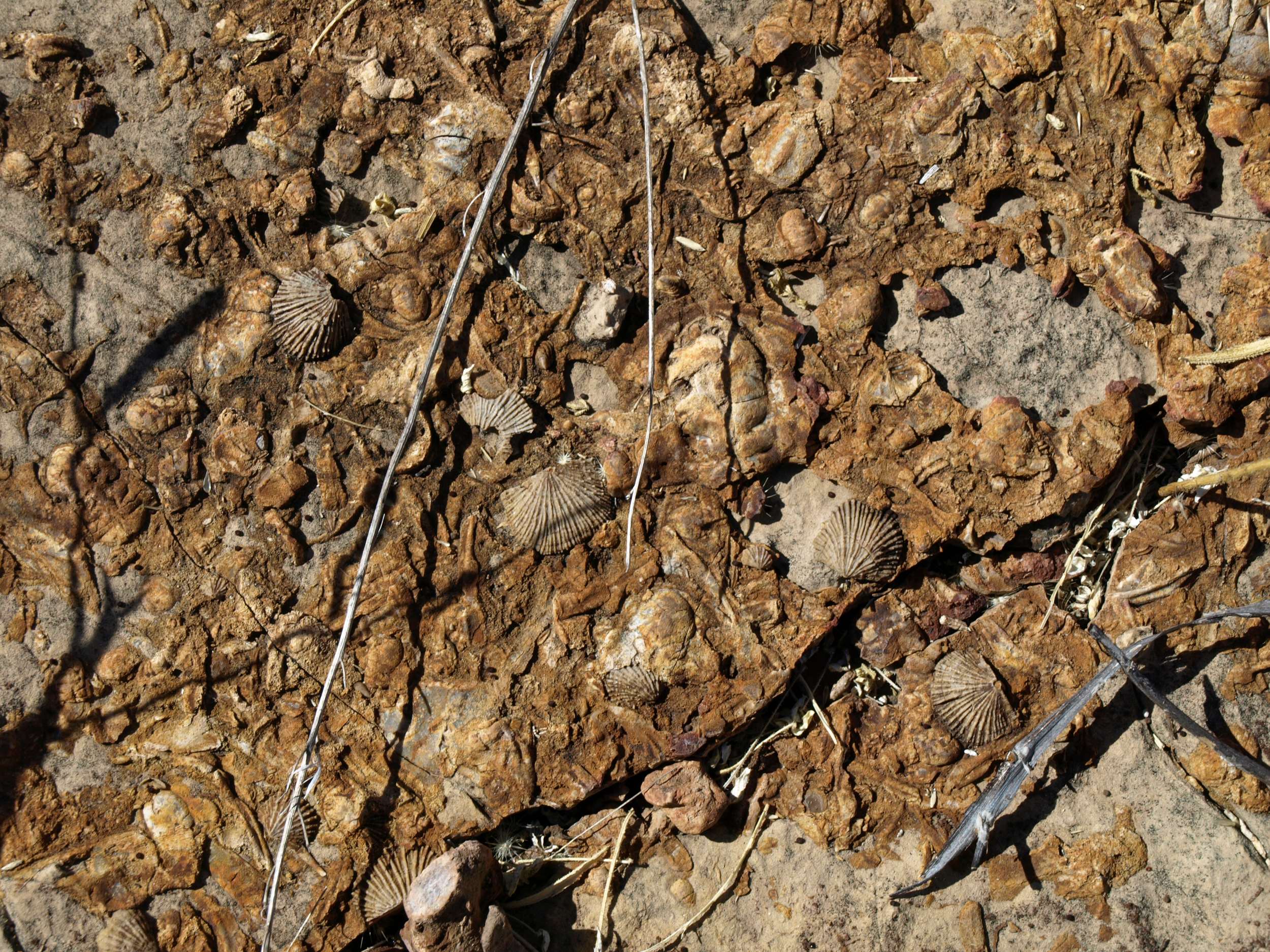AUSTRALASIAN PALAEONTOLOGISTS
A specialist group within the Geological Society of Australia
In 1962 Dorothy Hill and Jack Woods formed ‘The Queensland Palaeontographical Society’, the earliest manifestation of what was to become Australasian Association of Palaeontologists (AAP). Martin Gleissner, Mac Dickins, and Max Banks formed the GSA Specialist Group ‘Palaeontology and Biostratigraphy‘ in 1969, which merged with the Queensland Palaeontological Society in 1974 as ‘The Association of Australasian Palaeontologists’. In 2015 members elected to shorten the name from ‘The Association of Australasian Palaeontologists’ to ‘Australasian Palaeontologists’. Today the Australasian Palaeontologists is a specialist group of the Geological Society of Australia for palaeontologists working in Australasia or interested in Australasian studies. The AP is responsible for three publications, organises events including seminars and conferences and awards outstanding palaeontologists and palaeontology students.
ACKNOWLEDGEMENT OF COUNTRY
Australasian Palaeontologists acknowledge Aboriginal and Torres Strait Islander Peoples as the traditional owners and custodians of Country. Australasian Palaeontologists acknowledges the relationship of First Nations people with the land, sea, and sky which comprise the focus of our work.
The AP is committed to the inclusion of Aboriginal and Torres Strait Islander People within our Earth Science community. Below are some resources and guidelines to assist our non-Indigenous members to engage in respectful discourse, study, and research.
When research is being conducted on First Nations Peoples land, there may be cultural lore that some researchers are unaware of. Thus, it is possible that your research could be violating these cultural lores unintentionally. Elders of the Country on which you are working on can tell you where you can and cannot work in accordance with their traditions. Creating participatory partnerships allows both the researcher and the First Nations community to engage in a process that is equitable and can lead to a sustainable relationship. Contact the Aboriginal Land Council of the Country you would like to conduct research on. The Local Land Council should be able to put you in touch with the Traditional Owner of that area.
Reach out to the Traditional Owners of the area and organise a meeting.
When arranging the meeting, be upfront about the goal of the meeting. Be open in the meeting and listen to the contributions that the Elders and Traditional Owners share with you.
Try to employ First Nations People in your research work: i.e. Citizen Science programs. First Nations People who contribute essential knowledge and skill should be financially compensated.
If any type of cultural knowledge is collected as a part of the study, make sure that the First Nations People have control of the cultural knowledge and how it is used.
Acknowledge the contribution First Nations communities make to the research project.
Send a report back to the traditional custodians that you have worked with on the research, and deliver an oral or digitised report back to the community so that new knowledge are shared and disseminated.
Three Benefits:
1. Two way knowledge sharing: when you share your research knowledge and help build capacity in a First Nations community, they may be able to provide vital cultural or traditional ecological knowledge in return. Thus helping to combine traditional knowledge and western science.
2. Empowerment: when you meaningfully include First Nations People in the research process you are increasing their agency to make decisions for themselves and for the land that they are connected to.
3. Implementing research recommendations: First Nations People are in the best position to advise on the care for Country.
Common Ground:
https://www.commonground.org.au/
A website working towards a society that celebrates and embraces First Nations people. It shares First Nations cultures, lived experiences, and histories.
Welcome to Country App:
https://www.welcometocountry.mobi/
This app has curated Welcome to Country videos from Traditional Owners. It has GPS capability to identify the First Nations country you are in. It will display the information of the local First Nation culture.
Australian Institute for Aboriginal and Torres Strait Islander Studies:
https://aiatsis.gov.au/explore/articles/aiatsis-map-indigenous-australia
This is a map for displaying the Clan boundaries of First Nations Peoples. It can be handy to identify whose Country you are on.
The AIATIS website also has informative documents about research protocols of how to appropriately engage First Nations Peoples:
https://aiatsis.gov.au/research/ethical-research/aiatsis-code-ethics
This section was written by Kataya Barrett and Elizabeth Dowding. Kataya Barrett is a Gumbaynggirr and Bundjalung woman from the North Coast of NSW working on marine sciences.
Join the AP
Membership of AP (including personal subscription to the peer-reviewed international journal Alcheringa), is available to all palaeontologists (professional, amateur, active, and retired), particularly – but not restricted to – those with interests in fossils of Australia, New Zealand, and Papua New Guinea.
First join the Geological Society of Australia (GSA) under the Member tab on the GSA website.
Details of membership requirements, categories, and fees are available from the Geological Society of Australia website, which also has information regarding titles and prices of the AP Memoirs series (52 volumes published since 1983). Library subscriptions to Alcheringa should be addressed to Taylor & Francis http://www.tandfonline.com/toc/talc20/current).
With your primary GSA membership, you will be able to select a journal subscription to either AJES or Alcheringa.
To be part of Australasian Palaeontologists (AP), you must select one of the following specialist group affiliations:
‘Palaeontology (Alcheringa)’ - $40.00
‘Palaeontology (No Alcheringa) (AP)’ - $15.00
‘Palaeontology Student (No Alcheringa) (AP)’ - $4.95
If you are only a member of GSA but not AP, you will not be eligible for the AP awards and will not receive correspondence about AP activities.
